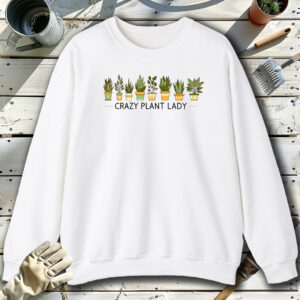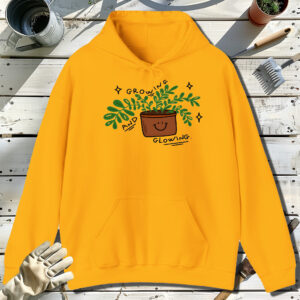Table of contents
English ivy

Latin Name: Hedera helix ‘Gold Baby’
Category: Hanging
Family: Araliaceae
Origin: Cultivar
Climate: Subtropical
Growing Zones: 11, 8
Care Instructions
The English ivy (Hedera helix ‘Gold Baby’) is a subtropical plant that originates from Cultivar. This hanging plant belongs to the Araliaceae family and is well-suited for growing in USDA zones 11, 8.
Complete Care Guide for English Ivy (Hedera helix ‘Gold Baby’)
Watering Requirements
English Ivy, particularly the ‘Gold Baby’ variety, thrives with moderate watering. It is essential to keep the soil consistently moist but not soggy. Water the plant when the top inch of soil feels dry to the touch. During the growing season (spring and summer), you may need to water more frequently, approximately once a week, depending on the humidity and temperature of your environment. In the fall and winter, reduce watering as the plant enters a dormant phase; watering every two weeks is usually sufficient. Always ensure that the pot has drainage holes to prevent water from accumulating at the bottom, which can lead to root rot.
Light Conditions
English Ivy ‘Gold Baby’ prefers bright, indirect light but can tolerate lower light conditions. Ideally, place your ivy near a window where it can receive filtered sunlight. Direct sunlight can scorch the leaves, leading to browning and damage. If you notice the plant becoming leggy or the variegation fading, it may be a sign that it needs more light. Conversely, if the leaves are turning yellow, it might be receiving too much direct sunlight. For optimal growth, rotate the plant occasionally to ensure even light exposure on all sides.
Soil Preferences
English Ivy thrives in well-draining, rich potting soil. A mix that includes peat moss, perlite, and compost works well to provide the necessary nutrients while ensuring good drainage. The ideal pH level for English Ivy is slightly acidic to neutral, around 6.0 to 7.0. Fertilization is important during the growing season; use a balanced, water-soluble fertilizer every 4-6 weeks to promote healthy growth. In the fall and winter, reduce or eliminate fertilization as the plant’s growth slows down. Always check the soil moisture before fertilizing to avoid stressing the plant.
Pests and Diseases
English Ivy can be susceptible to a few common pests, including spider mites, aphids, and mealybugs. Regularly inspect the leaves for signs of infestation, such as webbing, sticky residue, or visible bugs. If you notice any pests, treat the plant with insecticidal soap or neem oil, ensuring to cover both the tops and undersides of the leaves. Additionally, English Ivy can suffer from diseases like root rot and leaf spot, often caused by overwatering or poor air circulation. To prevent these issues, ensure proper watering practices and provide adequate spacing between plants to promote airflow. If leaf spot occurs, remove affected leaves and avoid overhead watering.
Special Care Tips
To maintain the health and beauty of your English Ivy ‘Gold Baby’, consider the following special care tips: First, regularly prune the plant to encourage bushier growth and remove any dead or yellowing leaves. This not only enhances the plant’s appearance but also helps prevent disease. Second, if you are growing your ivy indoors, consider misting the leaves occasionally to increase humidity, especially in dry environments. This can help prevent pests and keep the leaves looking vibrant. Lastly, be cautious of temperature fluctuations; English Ivy prefers temperatures between 60°F and 75°F (15°C to 24°C) and should be protected from drafts and extreme heat. With these care tips, your English Ivy will thrive and add a touch of elegance to your home or garden.








